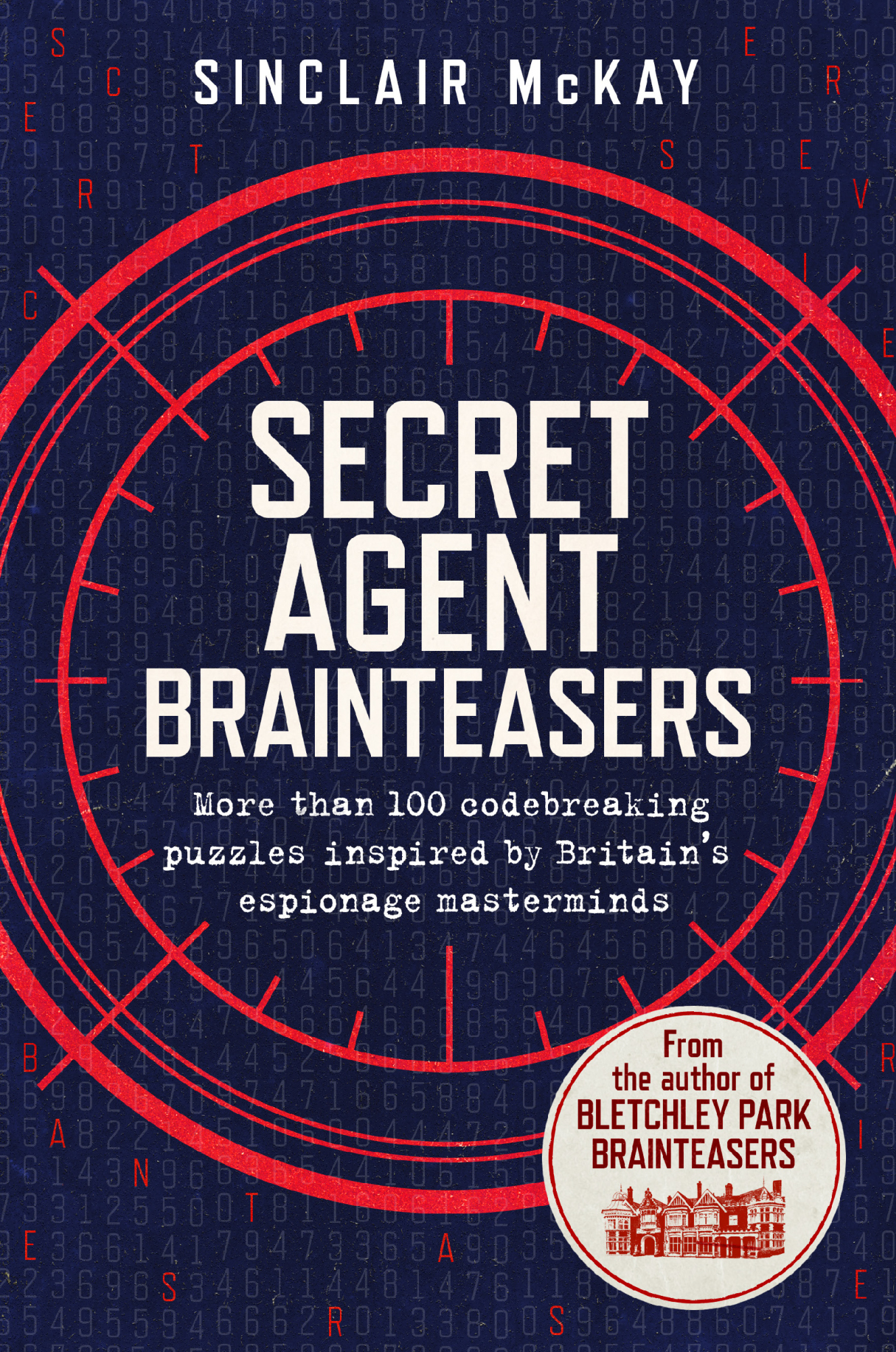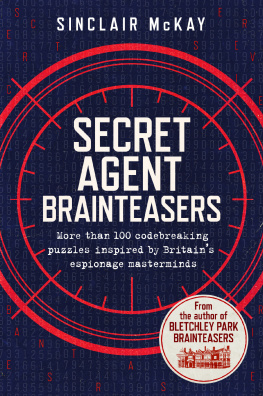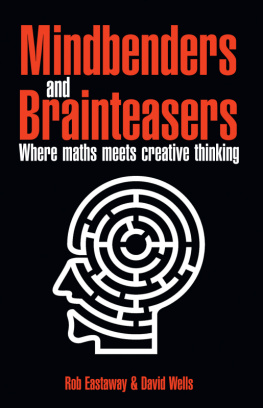

New York London
2018 by Sinclair McKay
Cover design by Patrick Insole; Image Farhad Bek/Shutterstock
First published in the United States by Quercus in 2019
All rights reserved. No part of this book may be reproduced in any form or by any electronic or mechanical means, including information storage and retrieval systems, without permission in writing from the publisher, except by reviewers, who may quote brief passages in a review. Scanning, uploading, and electronic distribution of this book or the facilitation of the same without the permission of the publisher is prohibited.
Please purchase only authorized electronic editions, and do not participate in or encourage electronic piracy of copyrighted materials. Your support of the authors rights is appreciated.
Any member of educational institutions wishing to photocopy part or all of the work for classroom use or anthology should send inquiries to .
e-ISBN 978-1-63506-136-9
Library of Congress Control Number: 2019931705
Distributed in the United States and Canada by
Hachette Book Group
1290 Avenue of the Americas
New York, NY 10104
www.quercus.com
CONTENTS
BLETCHLEY PARK BRAINTEASERS
Sinclair McKay is the author of the Sunday Times bestseller Bletchley Park Brainteasers as well as the bestselling Secret Life of Bletchley Park. He writes for the Spectator and the Telegraph and spends much of his life eyebrow-deep in dusty archives! He lives in east London.
Have you ever daydreamed of being approached to be a secret agent? Fancied yourself being propelled into an elegant and dangerous world of spies?
Long gone are the days when the tap on the shoulder was largely a result of social connections, now the secret services have cast their nets wider and its your chance to join the ranks. Whether you have a linguistic flair, an instinct for espionage or good old common sense, pit your wits against some of the greatest minds of our time with ingenious brainteasers including secret languages, sabotage themed brain bogglers and hidden codes.
Blending extraordinary and illuminating tales of the secret services from over the years and a wide range of mind-twisting puzzles, Secret Agent Brainteasers will test your mental agility to discover:
Do YOU have what it takes to be a spy?
To top code-cracker Jean Valentine, a true inspiration. Ever since working for Bletchley Park, her enthusiasm for conundrums has never diminished and she likes to solve six impossible puzzles before breakfast. This is also for the ordinary men and women across the years who, when drawn into the realm of the secret services, have shown extraordinary bravery.
Of all idle childhood daydreams, it must surely be one of the most common: what is it like to be approached out of nowhere and invited to become a spy?
The fantasy might run something like this: a cryptic meeting, maybe amid the tall bookcases and red leather armchairs of a grand Pall Mall club; then the mission. A posting to a far-distant foreign city, pulsing with colour and rich fragrance. And a brief to blend in, to infiltrate sinister secret societies, with the aim of bamboozling your opponents to reveal classified information or forbidden documents. How far could you get without letting your nerves show?
And now the reality. By and large, the business of being recruited for the secret services is (relatively) transparent these days: no armchairs, no glasses of port. MI6 advertisements radiate friendly advice. But no matter how open and inclusive spooks might now wish to appear, the truly important things remain unspoken. The vetting is as daunting and unforgiving as it ever was; no friend of yours will go unchecked. And the essential clandestine requirements of the job stay hidden from view. These are broadly the same as they were over 100 years ago, when the official British secret services as we know them came into being. To be an agent, there are certain qualities one must possess.
Given how lethally serious and consequential the real work is, it is curious that when we think of spying, we still associate it with secrets whispered in shadowed corners, figures in black stealing through darkened rooms in search of classified documents, heavily accented femmes fatales, and agents receiving orders from brusque bosses behind walnut desks. In a touch-screen age of algorithms and GPS, this imagery ought to be antique. Funnily enough, though, it actually holds true in broad principle. This is because successful spying is all about human contact. These images also help explain the constant grip that espionage has over our imagination even today.
Now, it tends to be the case (as I have found) that those who have been employed by MI5 or MI6 enjoy making the point with a faint smile that actually the work is generally rather tedious, repetitive and colourless. This is a pose of immense worldliness, adopted by those who have clearly never known the tedium of much more ordinary workplaces.
And in a wider sense, it is quite simply untrue: regardless of the exact nature of the games that spies must play, the whole thing even in the drabbest, greyest settings inevitably crackles with the electricity of crucial geopolitical purpose.
Spying is an entire way of looking at the world. It is about observing people, landscapes, texts, and seeing concealed meanings. It is about interpreting language, searching for disguised significance. The spy does not have to be a great intellectual. What she or he does have to be is needle-sharp at understanding human nature.
And no matter how many technical leaps there have been in terms of ubiquitous electronic surveillance whether hacking computers, phones or cameras there still remains the fundamental spying divide: and it is defined by the terms sigint and humint. Sigint is short for signals intelligence that is, the art of listening in to all the coded communications of opposing nations, and unravelling their meanings. But there is still a vital need for humint, short for human intelligence that is, the agents out there in the field, making contacts, forging alliances of trust, cajoling, listening and, where necessary, finding physical means of getting hold of intelligence. This is still the heart-pounding side of spying.
It has also been one of the great constants throughout history: as long as there have been civilisations, there have been spies. From biblical times to the modern-day era, the secret agent must be both brave enough and skilful enough to move among the enemy without being detected. Discovery can mean death. The ability to adopt new guises and personas can become a lethal version of a childs dressing-up game. In the earliest days of MI6 (the foreign-facing branch of the British secret service), at the start of the twentieth century, there was a fascination for and delight in disguises. One agent called Paul Dukes, infiltrating himself into revolutionary Russia, used an extraordinary array of wigs, false moustaches and different costumes in order to fraternise with murderous Bolsheviks and psychotic Cossacks.
Also there right from the start of MI6 was an open love for the latest technology and trick gadgetry. There was a general obsession with perfecting the ideal invisible ink, using materials that any agent might easily obtain, however unpleasant. One such said to be quite successful was semen.
Next page













